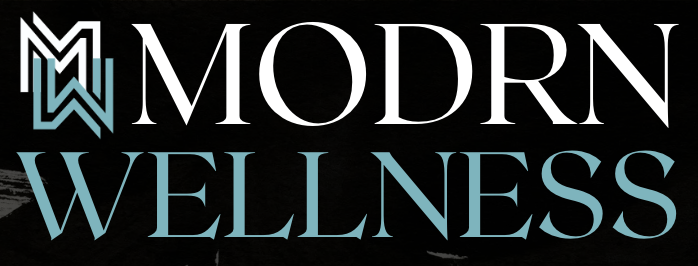How Good is Your Sunblock?
Why does the sun damage our skin? Ultraviolet (UV) radiation in sunlight is behind it all.
Even though sunlight is vital for life, it is also super dangerous for your skin (and body!!!). This is all because it contains certain wavelengths of non-visible light known as ultraviolet.
There are three types of UV
The types of UV are distinguished by their varying wavelengths.
The first type, UVC radiation has the shortest wavelengths, and is basically totally absorbed by the atmosphere’s ozone layer. So, it doesn’t really affect your skin.
The second type, UVB, has wavelengths that are a little longer than UVC. It is the main cause of sunburns and affects the outermost layer of your skin. When the sunlight is brightest (between about 10am to 2pm), UVB is most intense. It is also more intense in the summer. It cannot penetrate glass.
The third type, UVA, has the longest wavelengths. Though it was once believed to only minorly affect the skin, recent studies have found that UVA is a big contributor to sun damage. They are present throughout the day, regardless of season or weather conditions. UVA radiation can penetrate through clouds and glass. It penetrates deep into the skin, and can also penetrate glass.
Both UVB and UVA have the ability to cause major damage to your skin, but what are their effects?
UVA rays
These have a longer wavelength and can penetrate deeper into the skin compared to UVB rays, sometimes even reaching the second layer of your skin.
Contribute to skin aging and wrinkling
Can even suppress the immune system and damage DNA, increasing the risk of skin cancer
UVA rays are also the main rays responsible for skin tanning. However, its important to note that tanned skin is a sign of damage. It’s also not protective against further sun exposure and damage.
UVB rays
These rays have a shorter wavelength and primarily affect the outermost layer of the skin.
The primary cause of sunburn
Can also damage the DNA in skin cells, leading to an increased risk of skin cancer
Just like infrared light has the ability to penetrate the body and enhance functions from the cellular level, UV radiation is another type of light that can change your body, but not in a good way.
There are a lot of bad things that can happen with too much sun exposure, and sun damage can cause both short-term and long-term effects.
Short term:
Sunburn
Sickness
Blistering
Long term:
Premature development of wrinkles and fine lines
Weakened skin elasticity
Skin cancer and DNA damage
Eye damage
Weakened immune system
UV radiation is pretty scary, luckily, there are a lot of actions you can take to lessen the risk of sun damage this summer.
One of the most important things ever is sunscreen, especially when it comes to sun protection.
Sunscreen with a skin protection factor (SPF) of 30 or higher is one of the easiest tools to use against UV radiation. However, remember that sunscreen isn’t just a one-time use. Especially if you’re going to the beach or spending a bunch of time in the sun, its important to reapply so it doesn’t lose its strength.
SPF isn’t just something you should be thinking about on your beach trips. To avoid any of the negative sides of sun damage, you should use sunscreen every day.
It should be a part of your skin care routine! It makes your routine more effective, prevents premature aging, helps maintain even skin tone, the list goes on!
Many say that sunscreen is the most important part of your skin care routine, so START WEARING IT!

